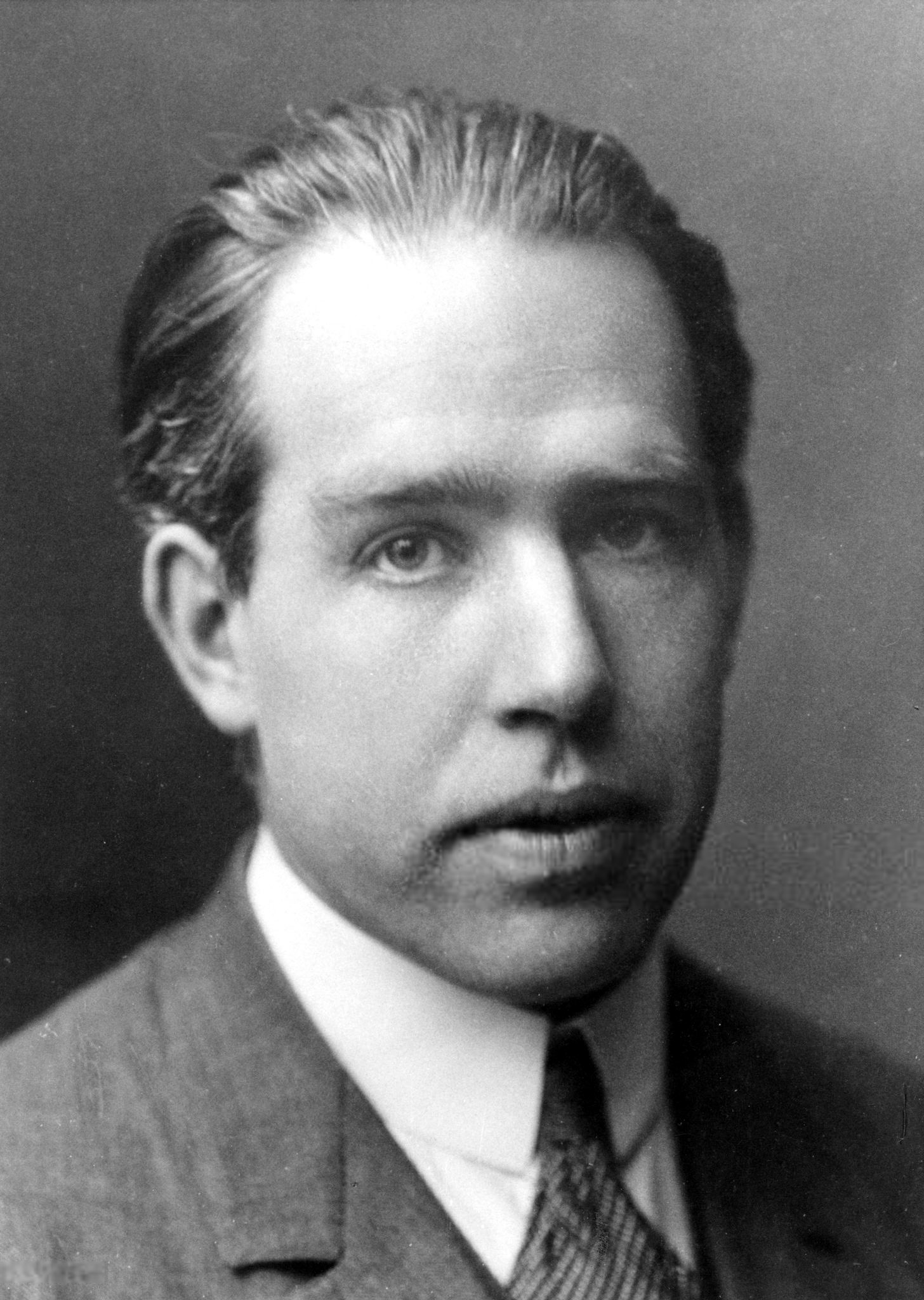11.9 The cat
In this section we look at a well known discussion from the 1930s. We’ll use it to show an example of simulating quantum physics with quantum computing.
In 1935, physicist Erwin Schrödinger proposed a thought experiment that would spawn close to a century of deep scientific and philosophical thought, as well as many bad jokes. Thought experiments are common among mathematicians and scientists.
The basic premise is that the idea is not something you would really do, but something you want to think through to understand the implications and consequences.
This was his attempt to show how the Copenhagen interpretation promoted by Niels Bohr and Werner Heisenberg in the late 1920s could lead to a ridiculous conclusion for large objects. This is one of the popular theories for how and why quantum mechanics works, though there are others.

Niels Bohr in 1922. Photo is in the public domain.
...



